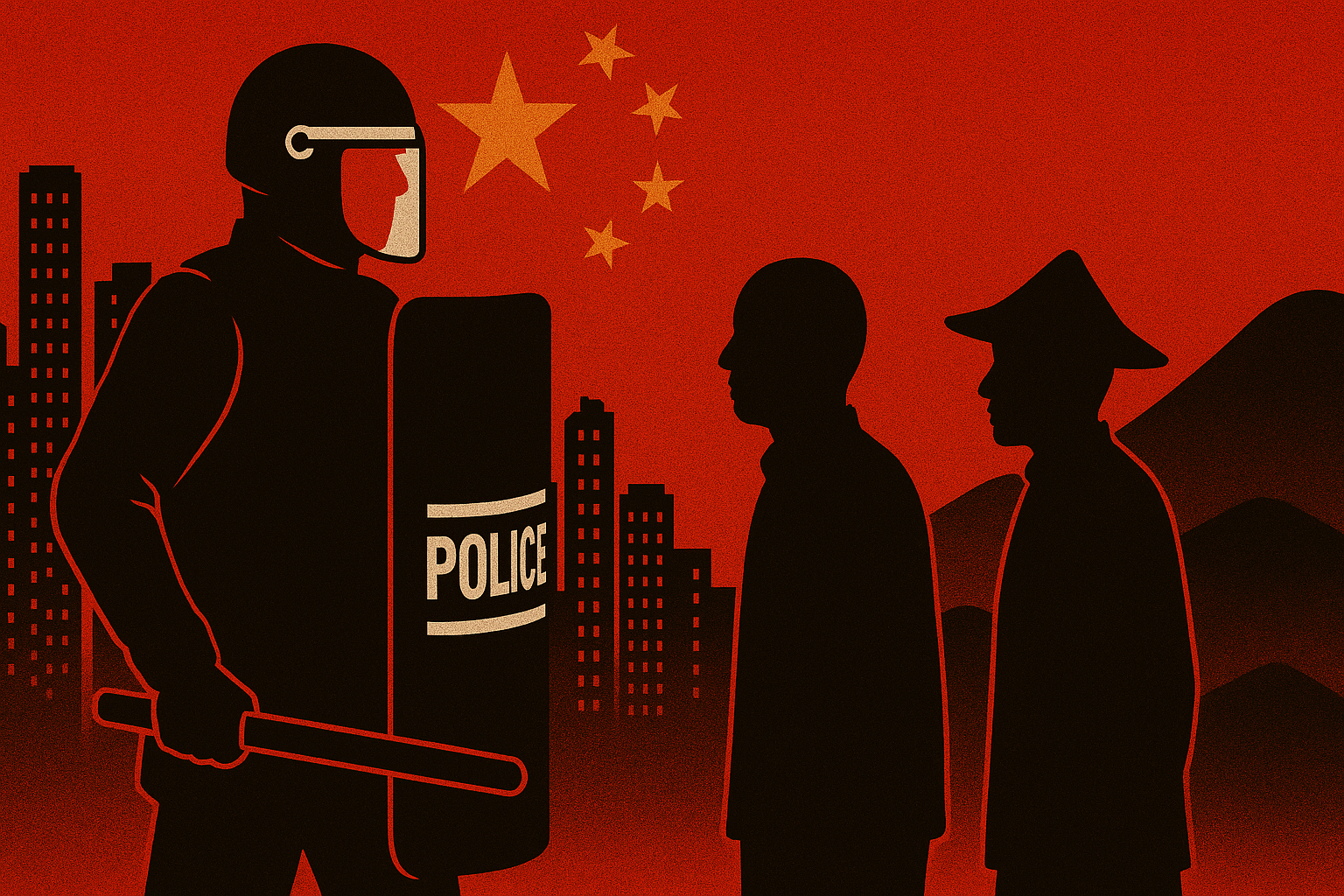When Shanghai swiftly shut down a brief moment of public frustration in late 2022, the incident was treated by many outside China as another episode in the country’s increasingly controlled urban life. Inside China’s minority regions, however, the response carried a deeper message. If small, peaceful gatherings in the country’s most international city could be extinguished within minutes, the space for expression in places such as Xinjiang and Tibet was clearly narrowing further.
China’s domestic governance operates on a shared logic, even when the execution differs by region. Urban crackdowns may appear limited, but they resonate widely in areas where surveillance is heavier, community life is more regulated and expressions of cultural identity face stricter oversight.
Shanghai’s experience, therefore, becomes more than a city-level event. It becomes an indicator of what Beijing considers acceptable across the political map.
Urban Crackdowns Set The Tone For The Entire System
China presents Shanghai as a global showcase — open for business, integrated with international markets and responsive to foreign investment. Yet the city’s political environment remains tightly managed. When authorities acted quickly to suppress spontaneous gatherings in 2022, they signalled that even the most connected parts of the country fall within a narrow bandwidth of tolerated behaviour.
For residents of Xinjiang and Tibet, this message lands clearly. If Shanghai, with foreign consulates and international media presence, does not offer space for peaceful expression, regions with long histories of state suspicion have even less room to manoeuvre. Local communities read urban enforcement not as an isolated act, but as a national threshold.
This interpretation affects daily behaviour. Families tone down cultural gatherings, neighbourhood leaders avoid organising events that could be misread and individuals limit contact with relatives abroad.
National Security Framing Blurs Civic And Cultural Expression
One of China’s central tools is the framing of ordinary civic activity as a matter of national security. While Xinjiang and Tibet have long been governed under this lens, Shanghai’s response to minor civic gatherings shows how broadly the framework now applies.
In the city, gatherings that do not use political slogans — or even gatherings without clear purpose — can be classified as public disturbances. Once categorised this way, the same tools used in minority regions become available: surveillance, administrative checks and offline questioning.
When minorities see the national security narrative applied even in China’s flagship city, the boundaries around cultural expression shrink further. Activities unrelated to politics — festivals, language classes, community meetings — risk being viewed through a security filter.
Information Control Amplifies The Psychological Pressure
Shanghai’s repression model relies on immediate digital erasure. Videos disappear, posts are restricted and searches yield unrelated material. This contributes to the perception that speaking or gathering carries risk without visibility.
In Xinjiang and Tibet, where digital access is already constricted, this pattern reinforces caution. Residents cut down online communication, avoid referencing local conditions and refrain from sharing everyday experiences with relatives abroad. Over time, this leads to a decline in information flow that is more comprehensive than any formal censorship measure.
The result is a forced silence shaped not only by technology but by learned behaviour.
A National System That Adapts To Local Sensitivities
China’s governance model is adaptive. In urban centres, repression is subtle and administrative. In minority regions, it is more overt, with a stronger security presence and deeper layers of monitoring. But the strategic objective remains consistent: limit collective action, prevent coordinated expression and maintain narrative control.
Shanghai’s crackdowns show that subtle methods can be as effective as overt ones. For minority regions, this means that the state’s toolkit is broad, flexible and applied with varying degrees of visibility. The boundary between civic and cultural expression grows increasingly blurred.
For Beijing, this dual-track system strengthens internal stability. For minority communities, it narrows the space in which identity, culture and civic life can be expressed without fear.

